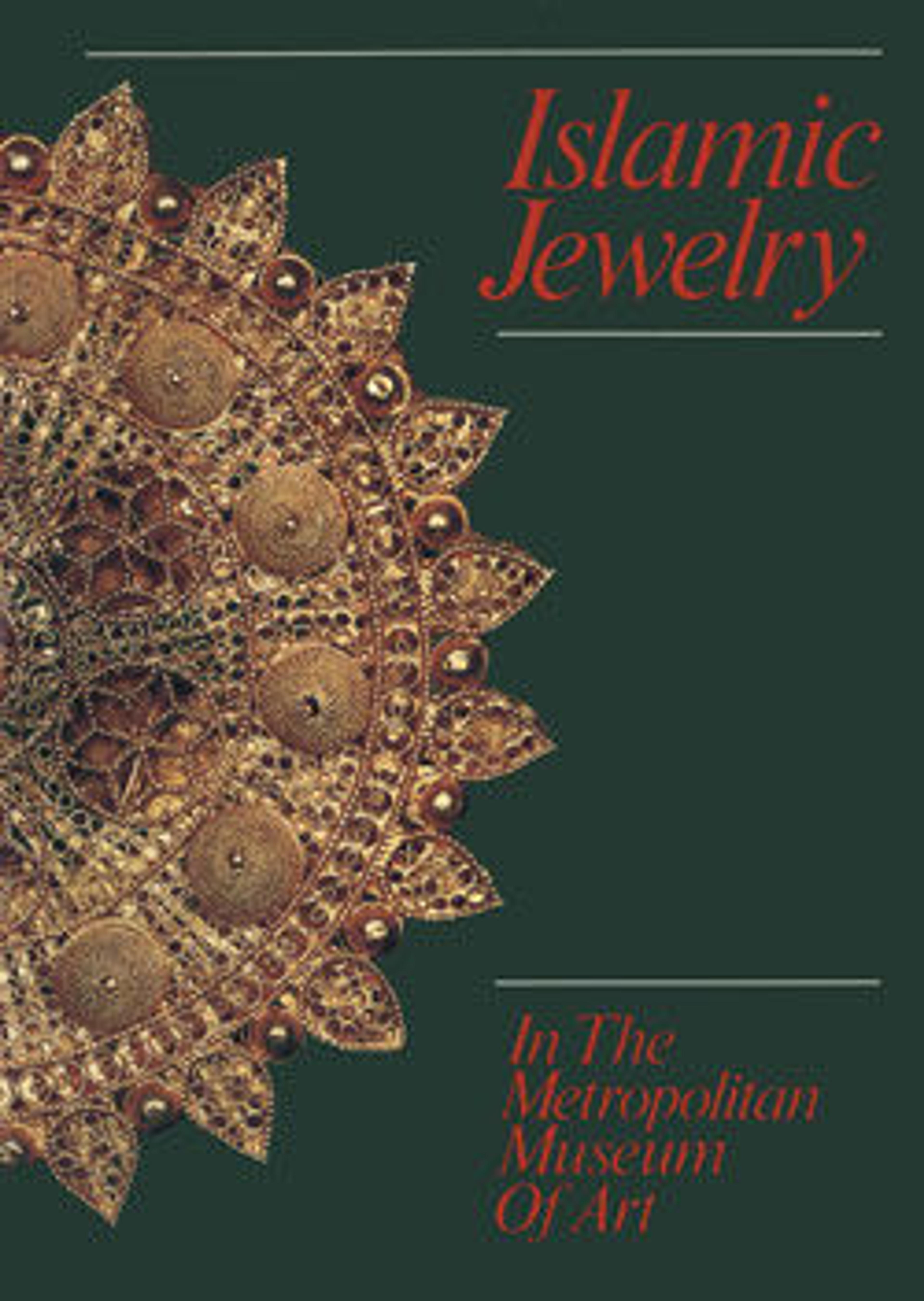Cylindrical Pendant with Magical Writing
This cylindrical stone pendant (now broken) is carved with lines of magic symbols on two facets, and the image of a quadruped on one facet. Rather than forming actual words, the writing appears to represent a magical alphabet. The inscription remains undeciphered, and exactly what such a pendant was meant to protect against remains a mystery.
Artwork Details
- Title:Cylindrical Pendant with Magical Writing
- Date:9th–10th century
- Geography:Excavated in Iran, Nishapur
- Medium:Jet
- Dimensions:H. 7/8 in. (2.3 cm)
W. 1 11/16 in. (4.3 cm) - Classification:Jewelry
- Credit Line:Rogers Fund, 1940
- Object Number:40.170.404
- Curatorial Department: Islamic Art
More Artwork
Research Resources
The Met provides unparalleled resources for research and welcomes an international community of students and scholars. The Met's Open Access API is where creators and researchers can connect to the The Met collection. Open Access data and public domain images are available for unrestricted commercial and noncommercial use without permission or fee.
To request images under copyright and other restrictions, please use this Image Request form.
Feedback
We continue to research and examine historical and cultural context for objects in The Met collection. If you have comments or questions about this object record, please contact us using the form below. The Museum looks forward to receiving your comments.
